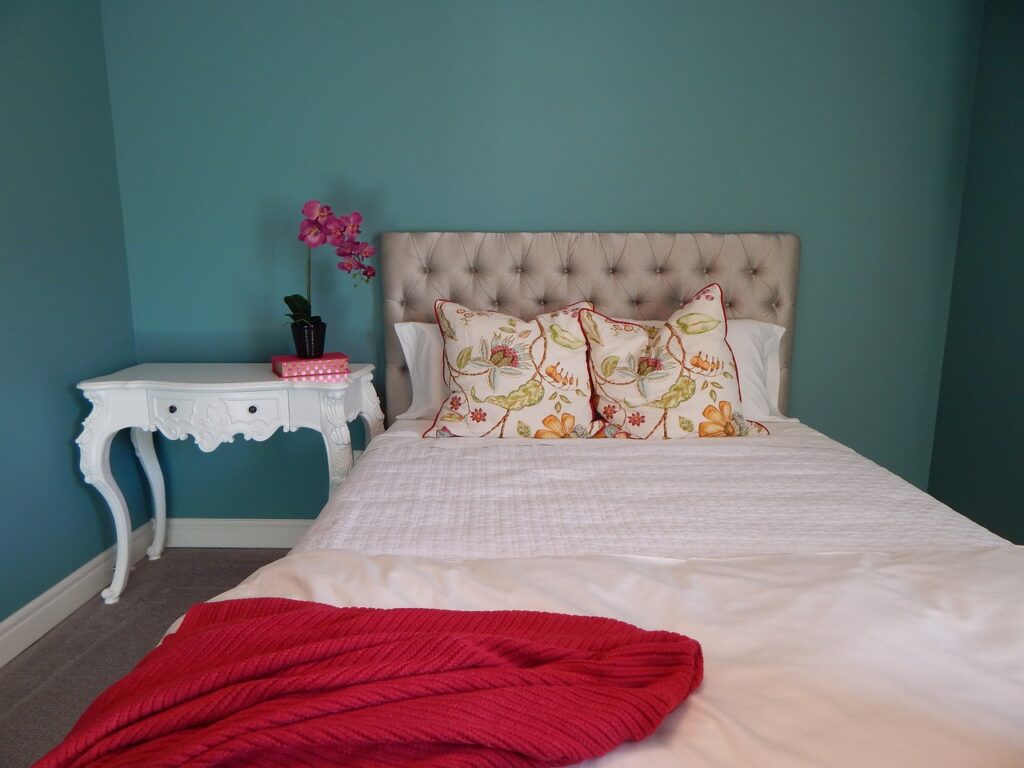Are you thinking of DIY-ing or helping the assigned pros paint your precious living space? Indeed, painting your home is a great way to add a new kind of atmosphere and style, especially when you go with wild concepts.
It can also be a huge undertaking that requires preparation and a decent understanding of the dos and don’ts to get the job done right the first time and prevent costly expenses down the road. This article will tackle some key points you should consider when painting your own home. Stay buckled!
What are the Dos in Interior and Exterior Painting Projects?
1. Do plan and prepare all the materials needed!
The painting process demands much care and consideration, which is why it’s only essential to have all the materials present before you start the entire undertaking. These include drop cloths, masking tape, high rollers, sandpaper, paint brushes, rollers, and much more! It’s important to check each one for any possible damage or defect that can affect the process. The initial session ensures that your project goes as smoothly and efficiently as possible.
2. Do mild sanding when needed!
Although it’s a tedious job, light sanding helps smooth out any rough surface before applying paint. This ensures that the finish is even and neat in its look. Just remember not to over-sand, or else the character will be too smooth, hindering the painter or jeopardizing the resulting quality.
3. Do apply the concept of “cutting in” and “rolling”!
Cutting in allows you to paint trim along the edges like window frames, corners, and doors without having to worry about overlapping onto the neighboring wall itself. It’s a neat way of painting that can help you achieve an even coating structure with minimal effort and difficulty applied when painting your home. On the other hand, rolling is excellent for large surfaces as it can quickly spread out a fair amount of paint on an entire surface.
4. Do wisely use the tip of the brush!
If you want to achieve a neat finish, use the tip of the brush, as it will allow you to paint with neat strokes and lines. This is especially true when dealing with edges and small spaces that require detailed work in the painting process. Please do so to avoid ugly brush marks and even an inefficient painting process.
What are the Don’ts in Interior and Exterior Painting Projects?
1. Don’t work directly from the main paint container!
Working from the leading paint container is a huge no-no, especially when you’re dealing with more significant projects. Dipping your brush directly into the primary container can add dirt and other debris to the paint itself. This may cause a problem during application as these particles can stick to the walls, making them look ugly.
It’s wise to pour the paint into a bucket or container instead of working from it. This prevents any sort of debris from entering the can, thus giving you an even and smooth finish on your walls.
2. Don’t neglect the safety precautions set by the pros!
Painting involves using hazardous materials like solvents and paint, which can cause health problems when inhaled in large amounts. Be sure to wear proper safety gear like protective masks and gloves. Also, always be sure to work in a well-ventilated space, as this helps prevent the buildup of any hazardous materials and fumes.
Suppose you need some professional help or tips. In that case, the guys at Groovy Hues can be your solid companion in finishing your home painting endeavor.
3. Don’t dilute all the paint at once!
Diluting the paint is an important step when painting your home, as it makes it easier to apply on walls. However, make sure to leave the paint manageable, as this can decrease its overall quality and make it hard for you to achieve a neat finish after application. It’s best to dilute only the specific amount needed.
4. Don’t apply directly to wallpaper!
Directly applying paint on wallpaper will cause the paper to peel and blister. To avoid this, first, seal the wallpaper with a primer before you start painting your home. This will ensure that the paint won’t damage or ruin the existing wallpaper in your room.
Extra fun tip: Take your time!
Painting a home is not just about completing the task but also making sure that it looks as best as it can be. That’s why taking your time and patience is essential, especially when dealing with the finishing touches. This ensures that you don’t leave out any details and ensures you’ll have all the fun in working with your living space.
Final Thoughts
Painting your home can be both a fun and challenging task at the same time. That’s why it pays to know the right do’s and don’ts to get the job done right the first time and prevent costly expenses down the road. Knowing what you should and shouldn’t do is key to achieving a smooth painting process, so be sure to remember all these points before going wild with colors. Good luck!


